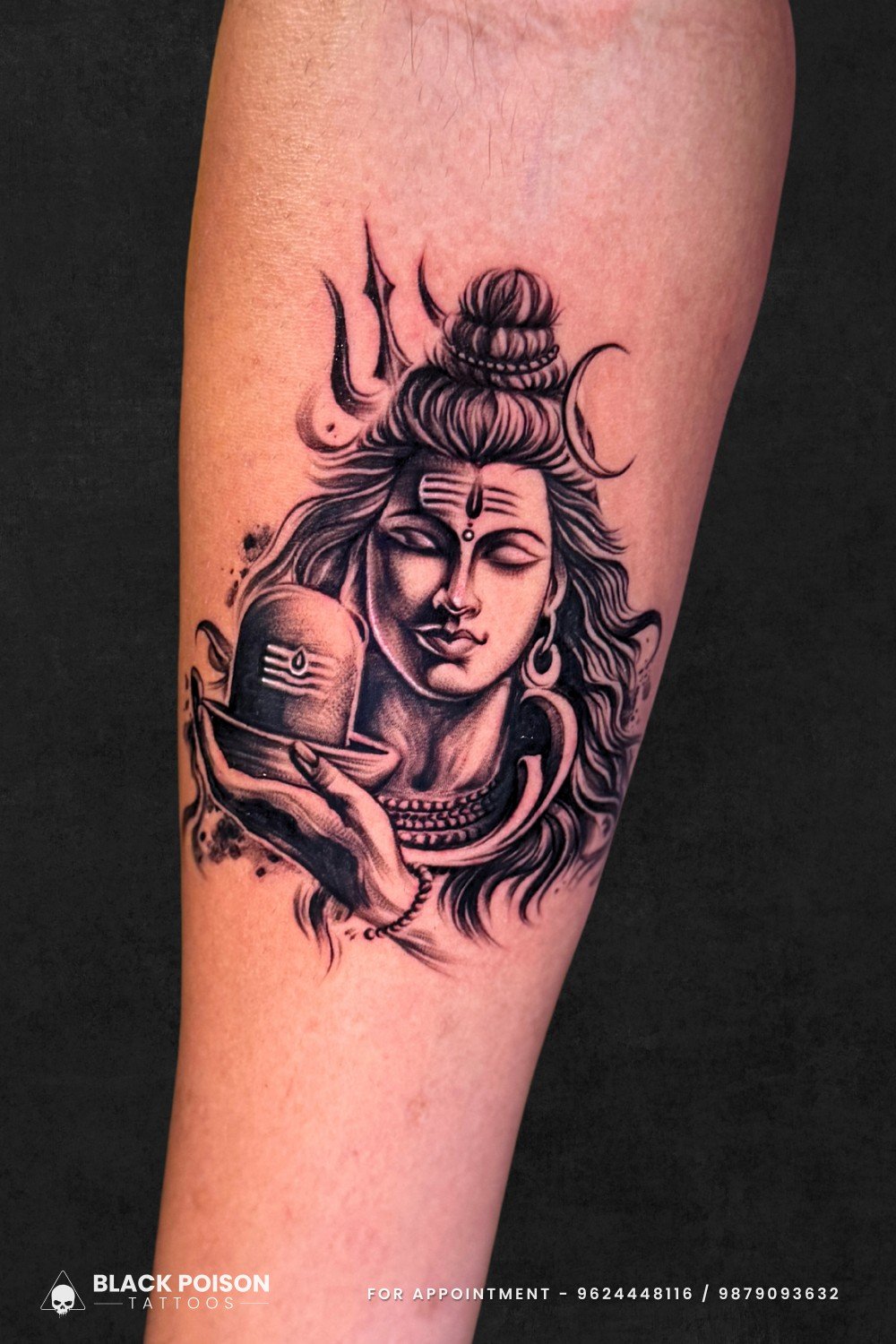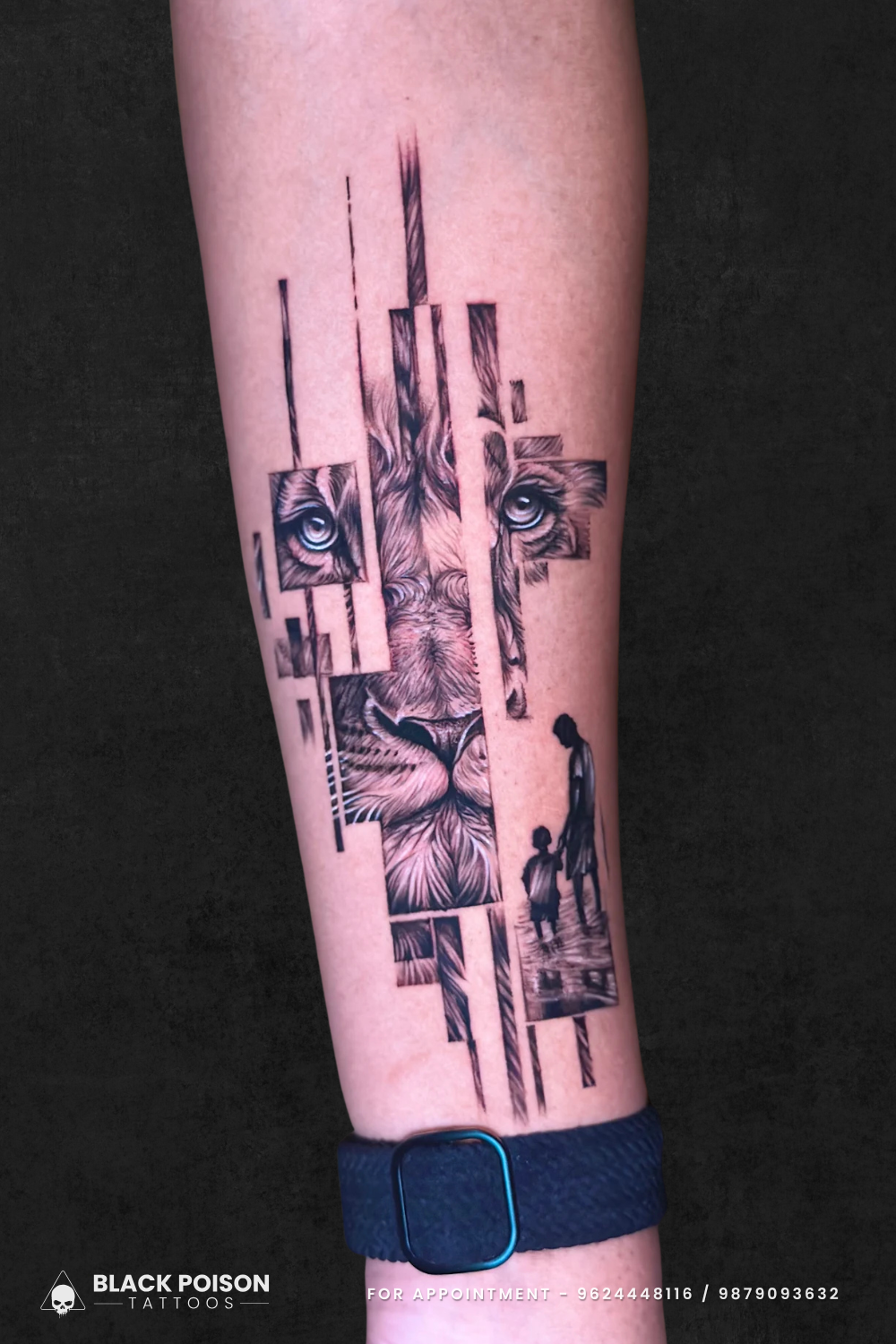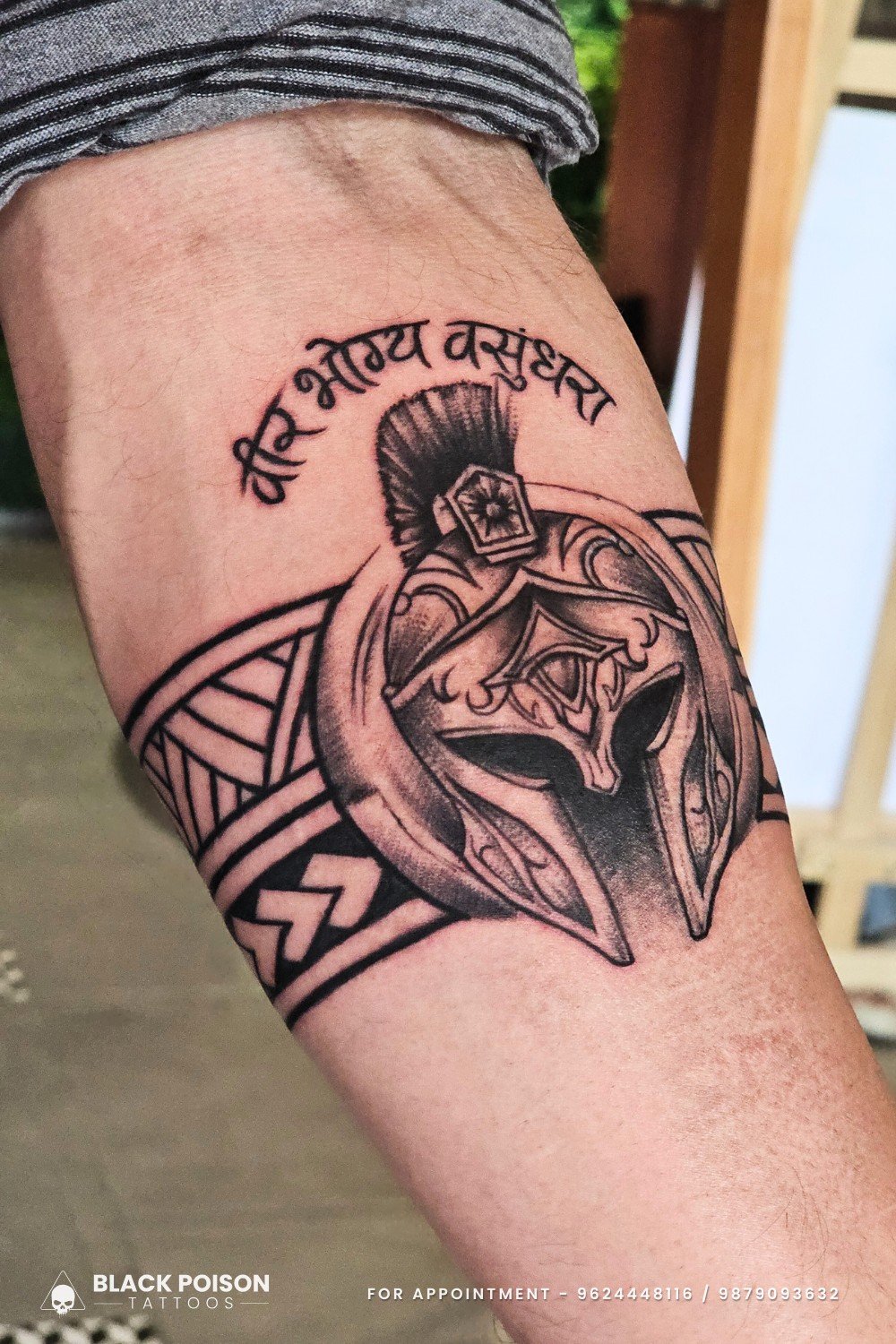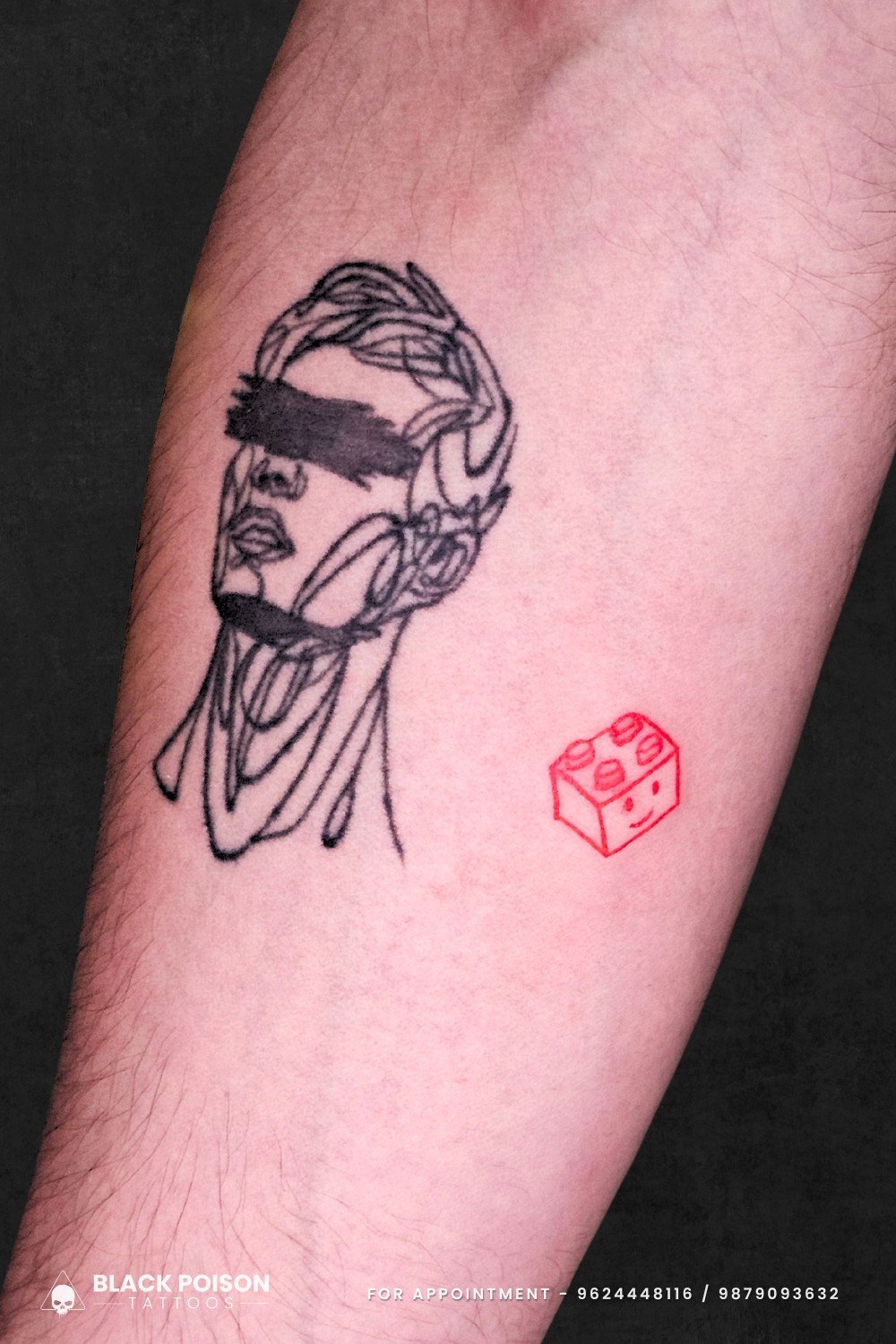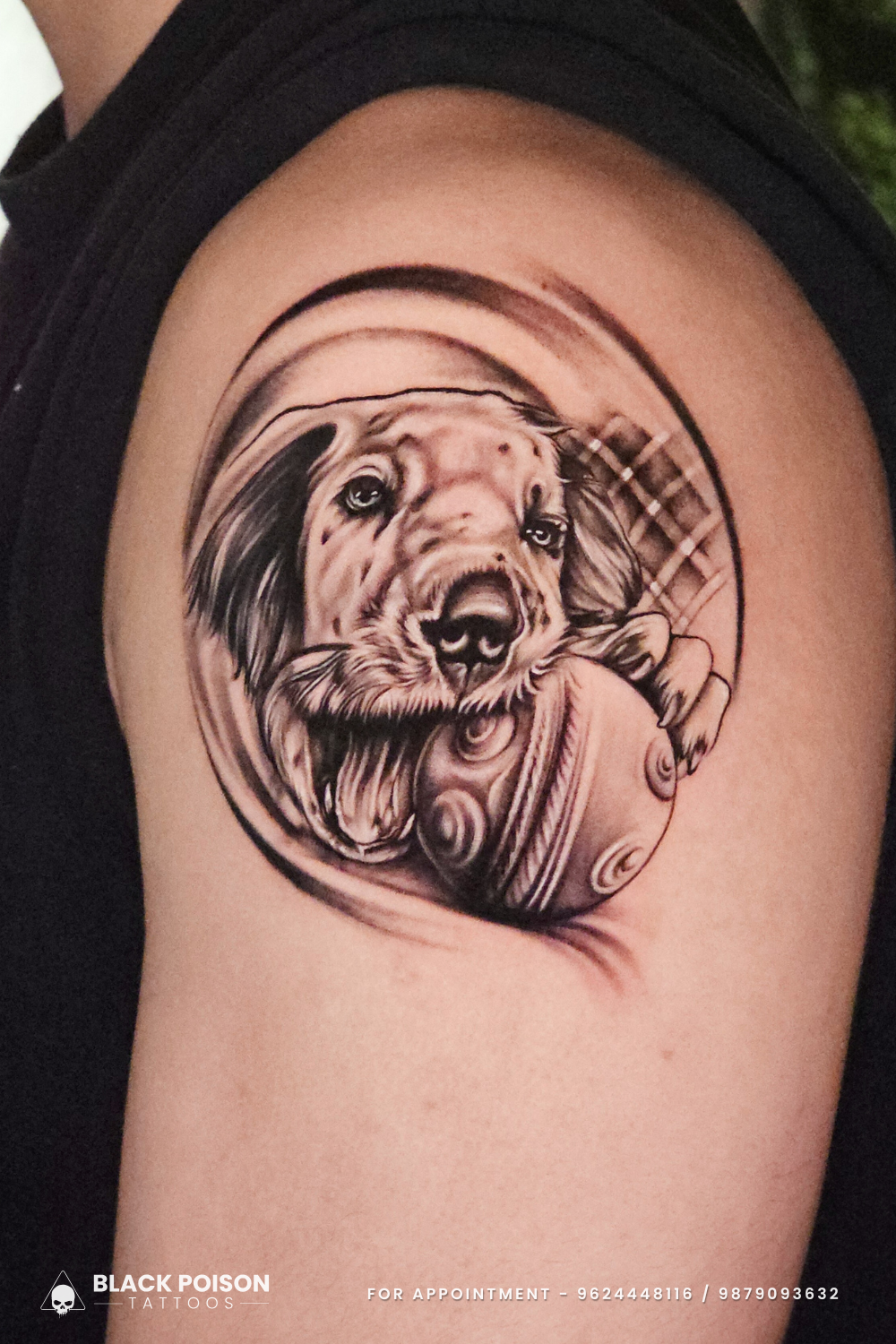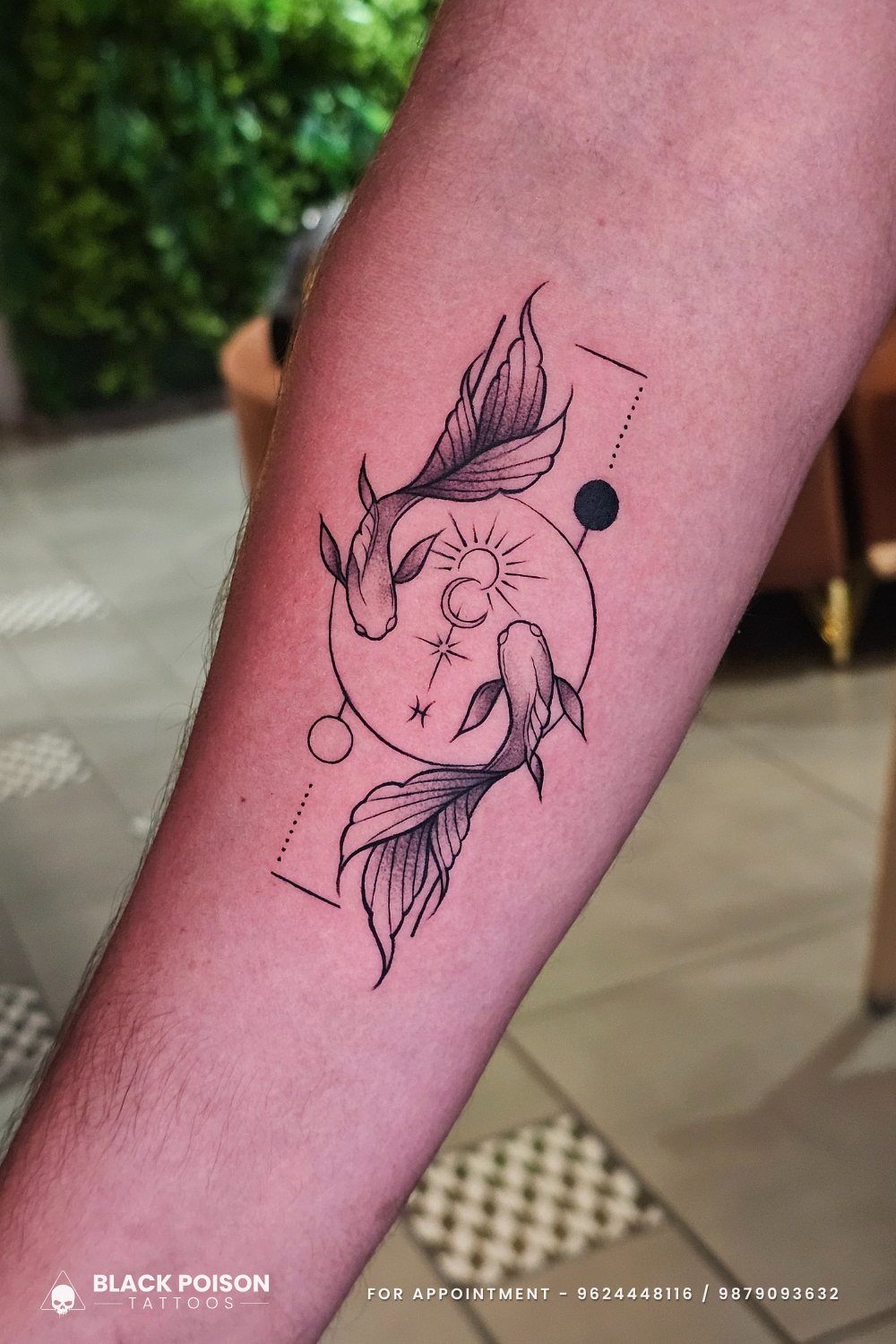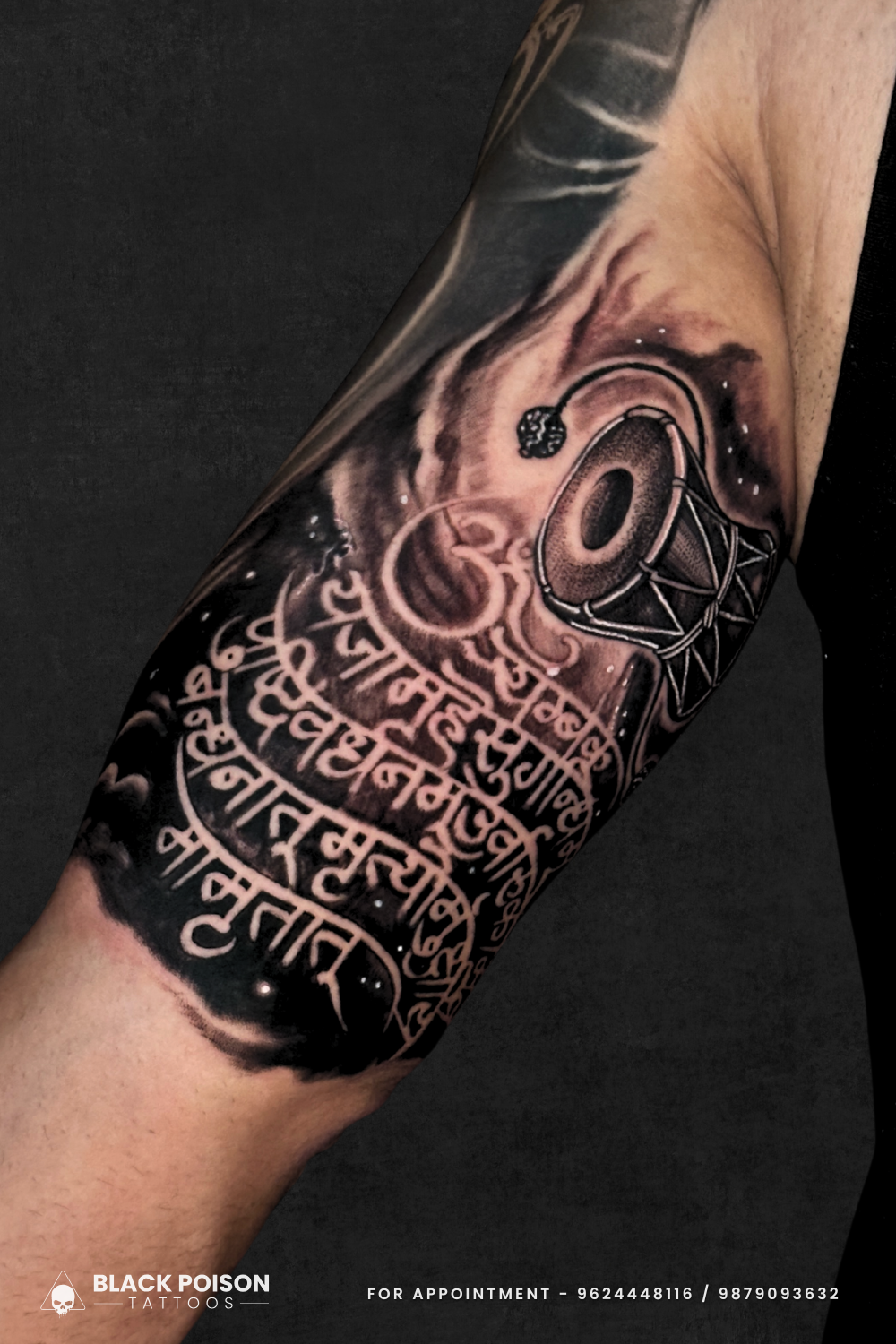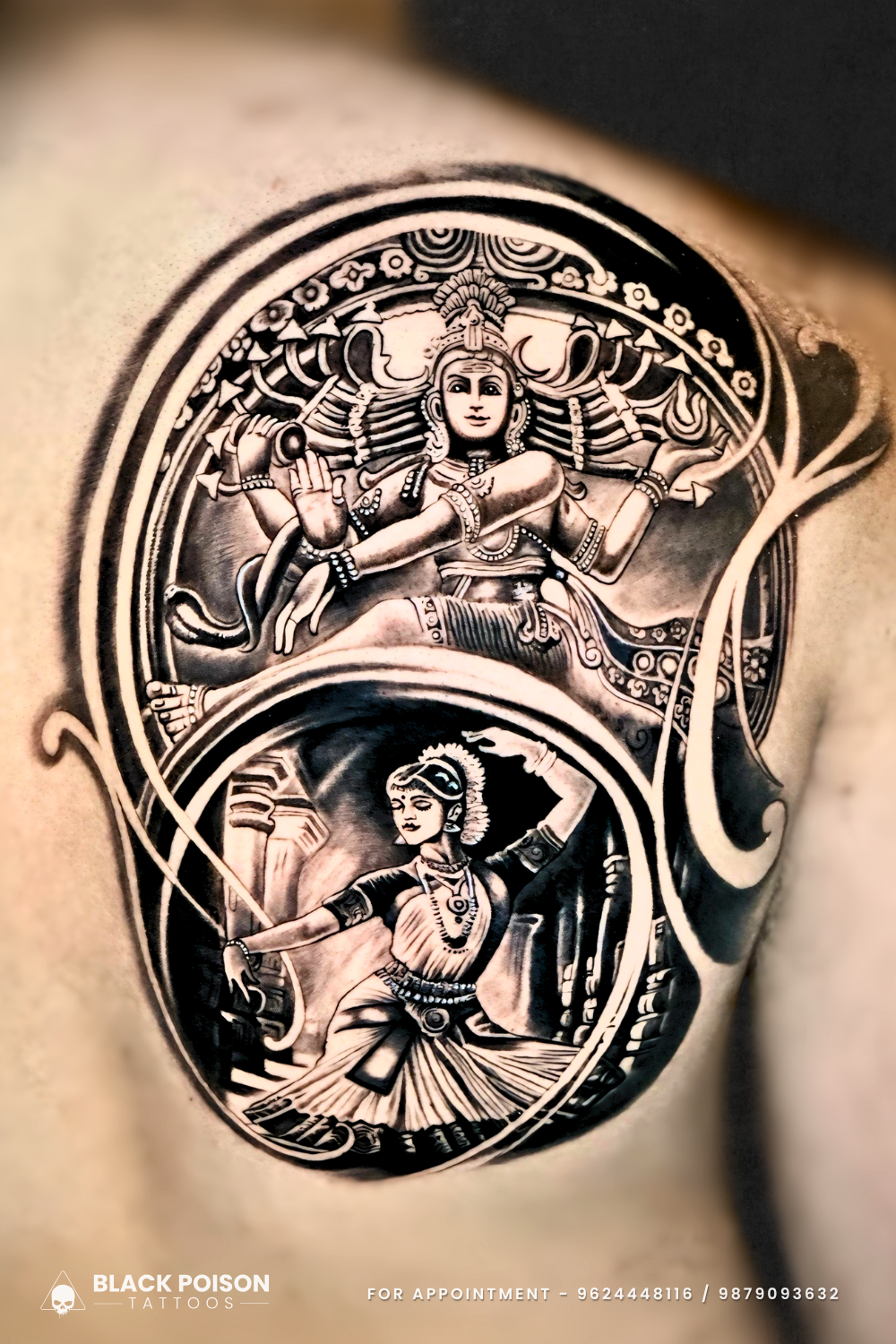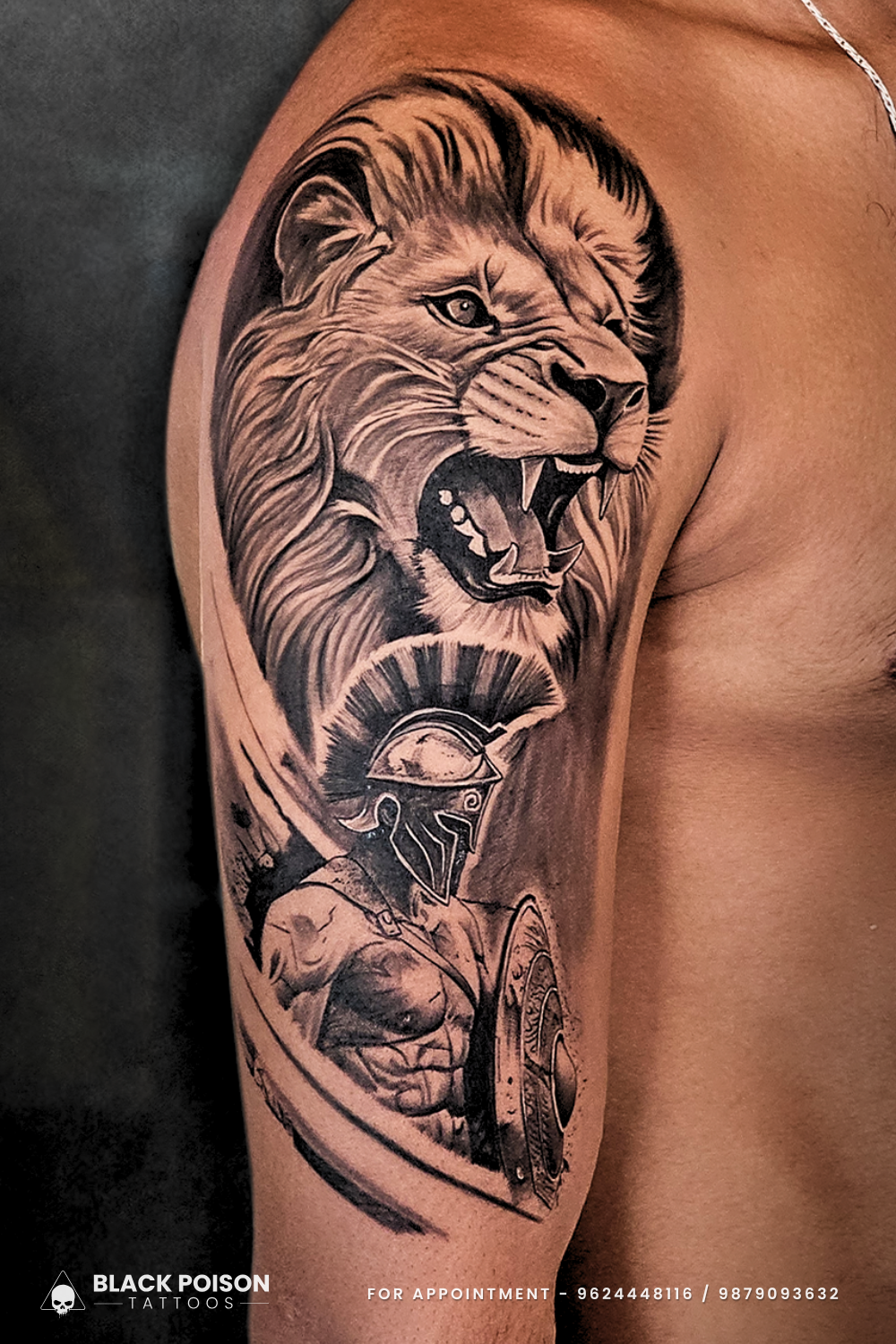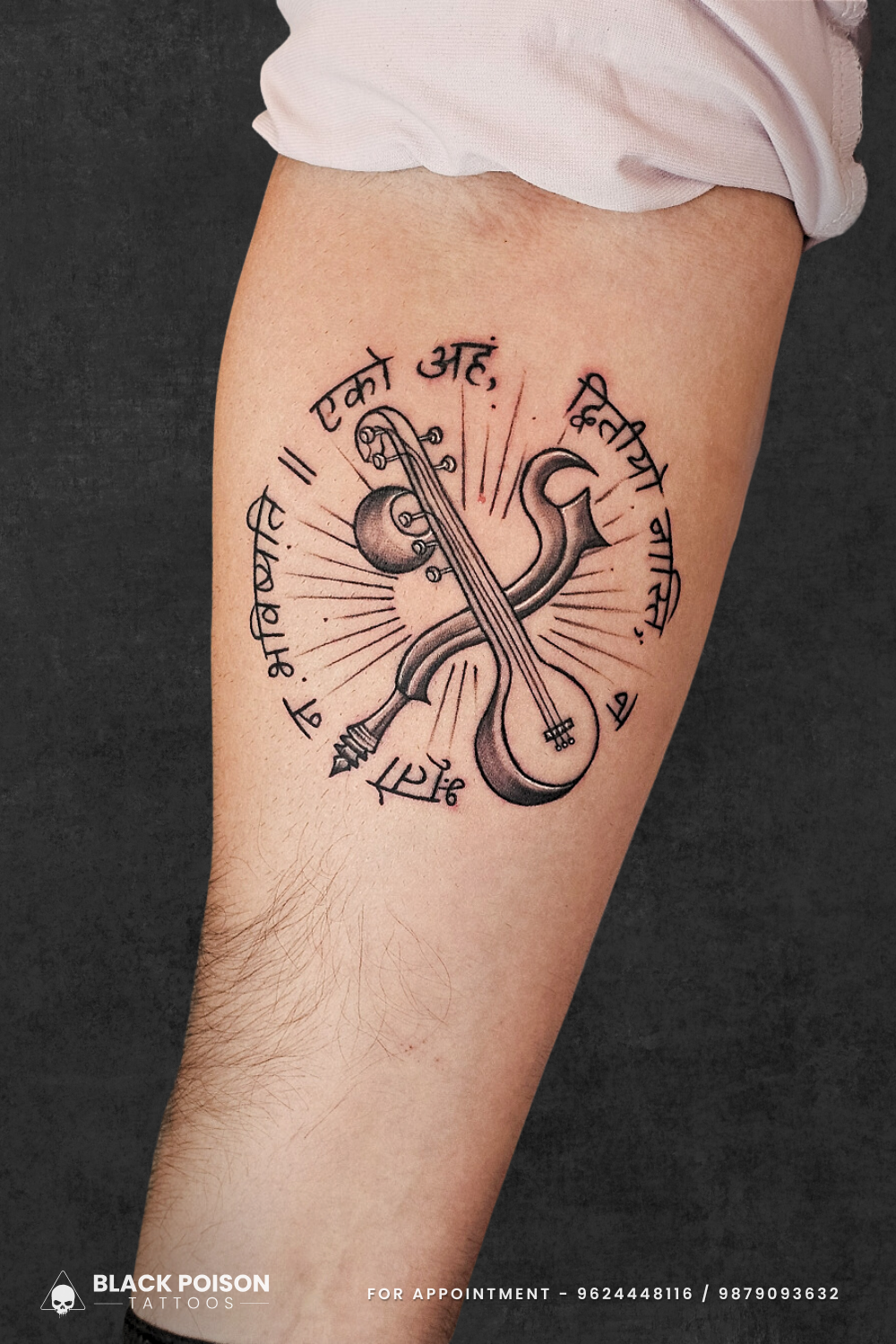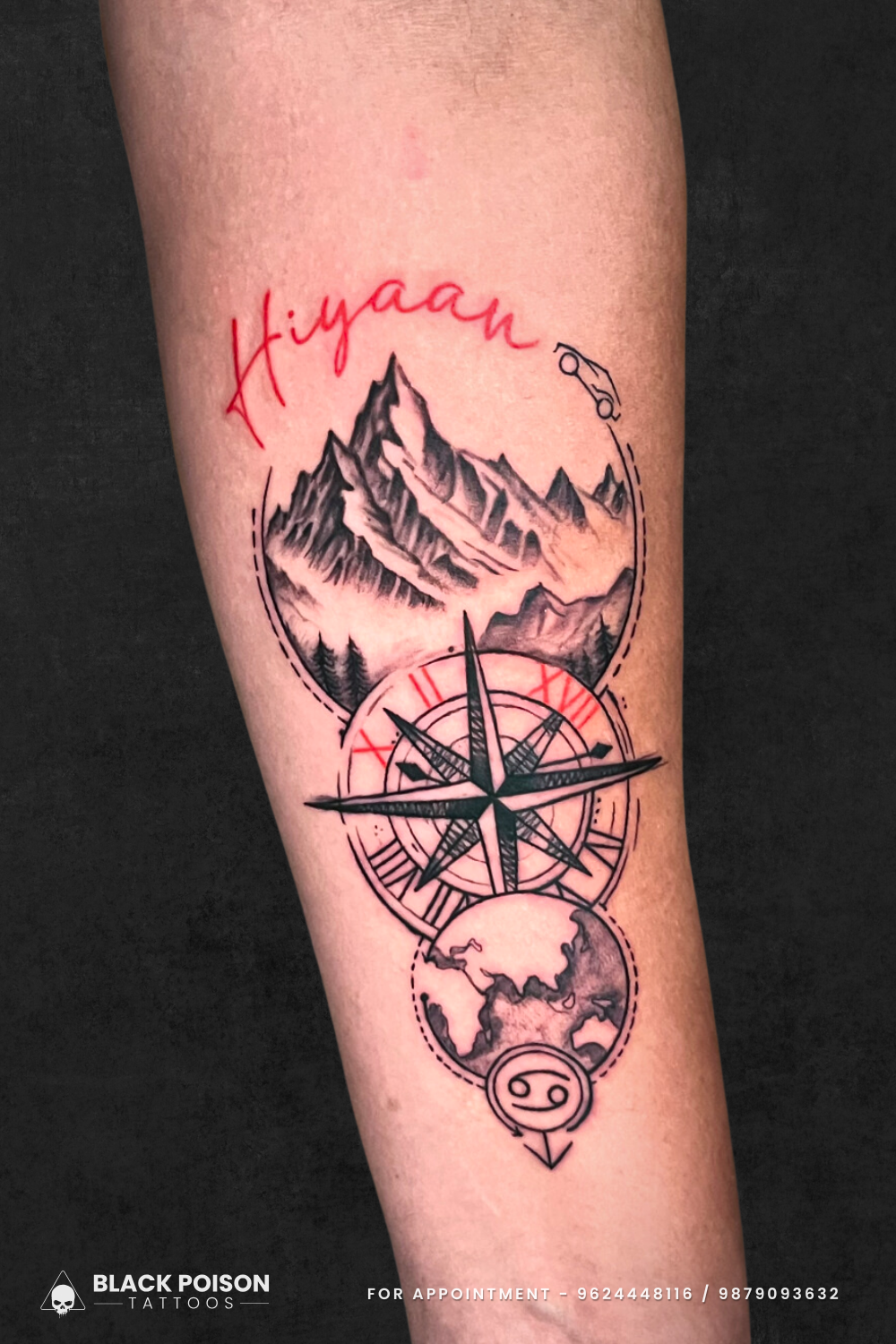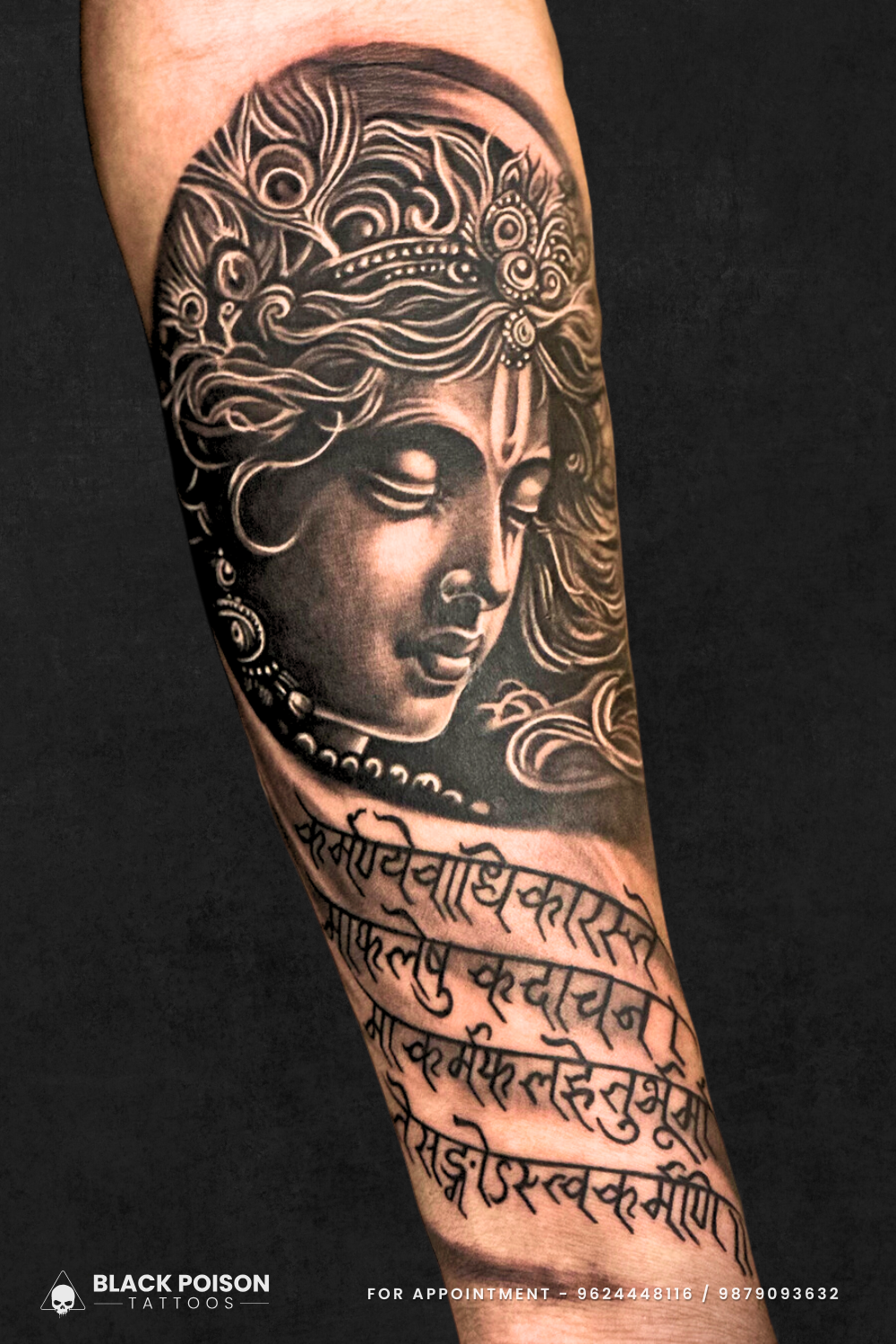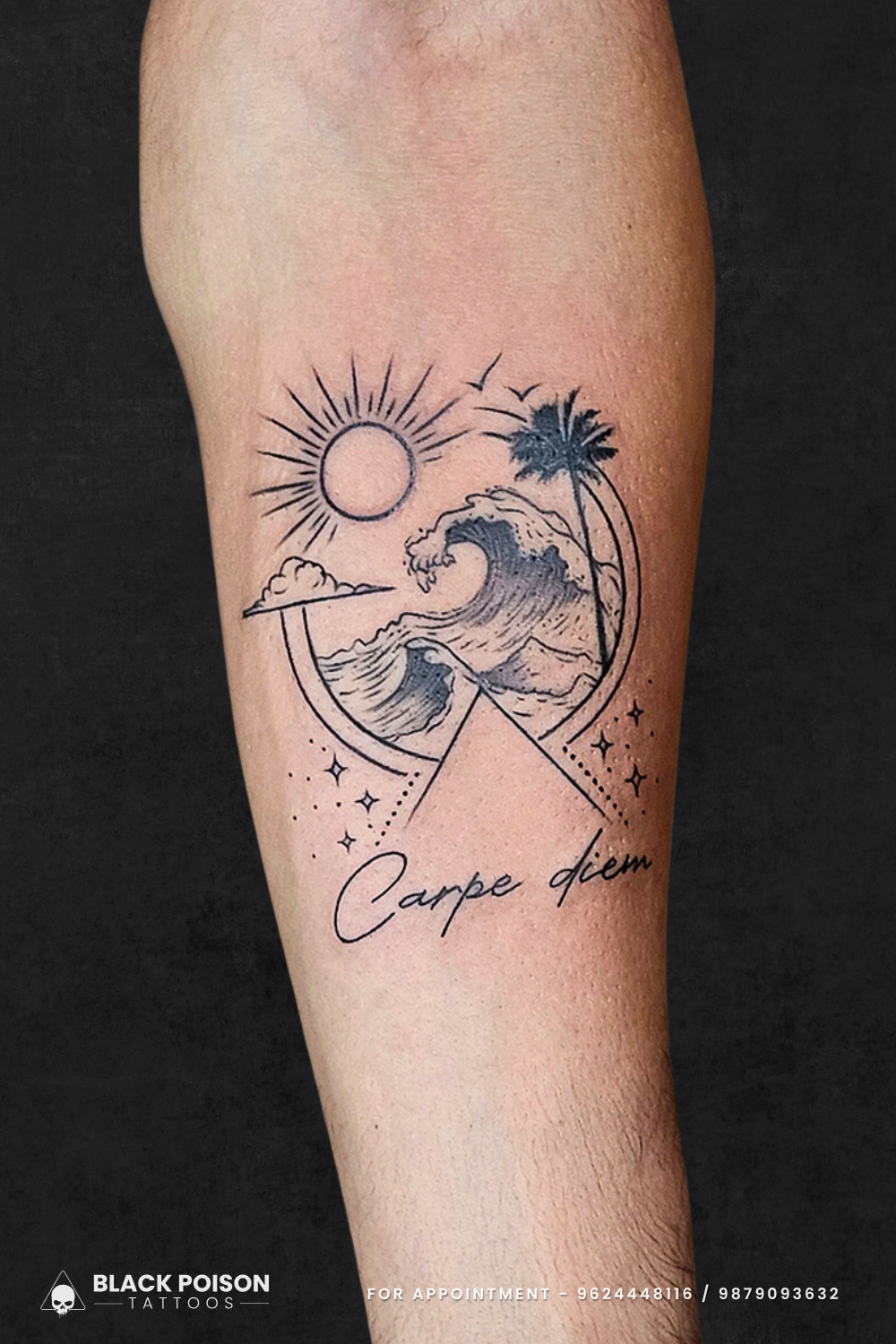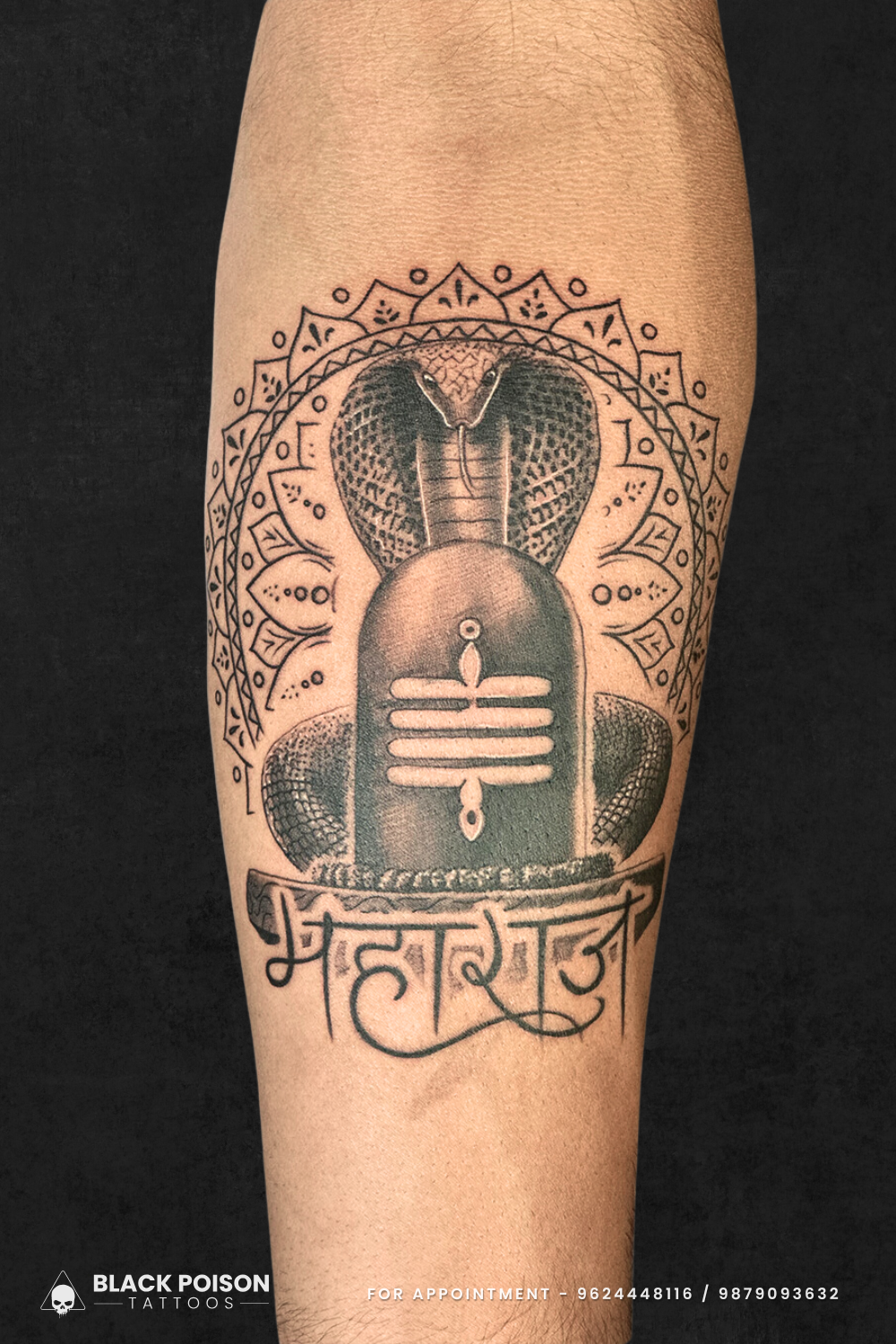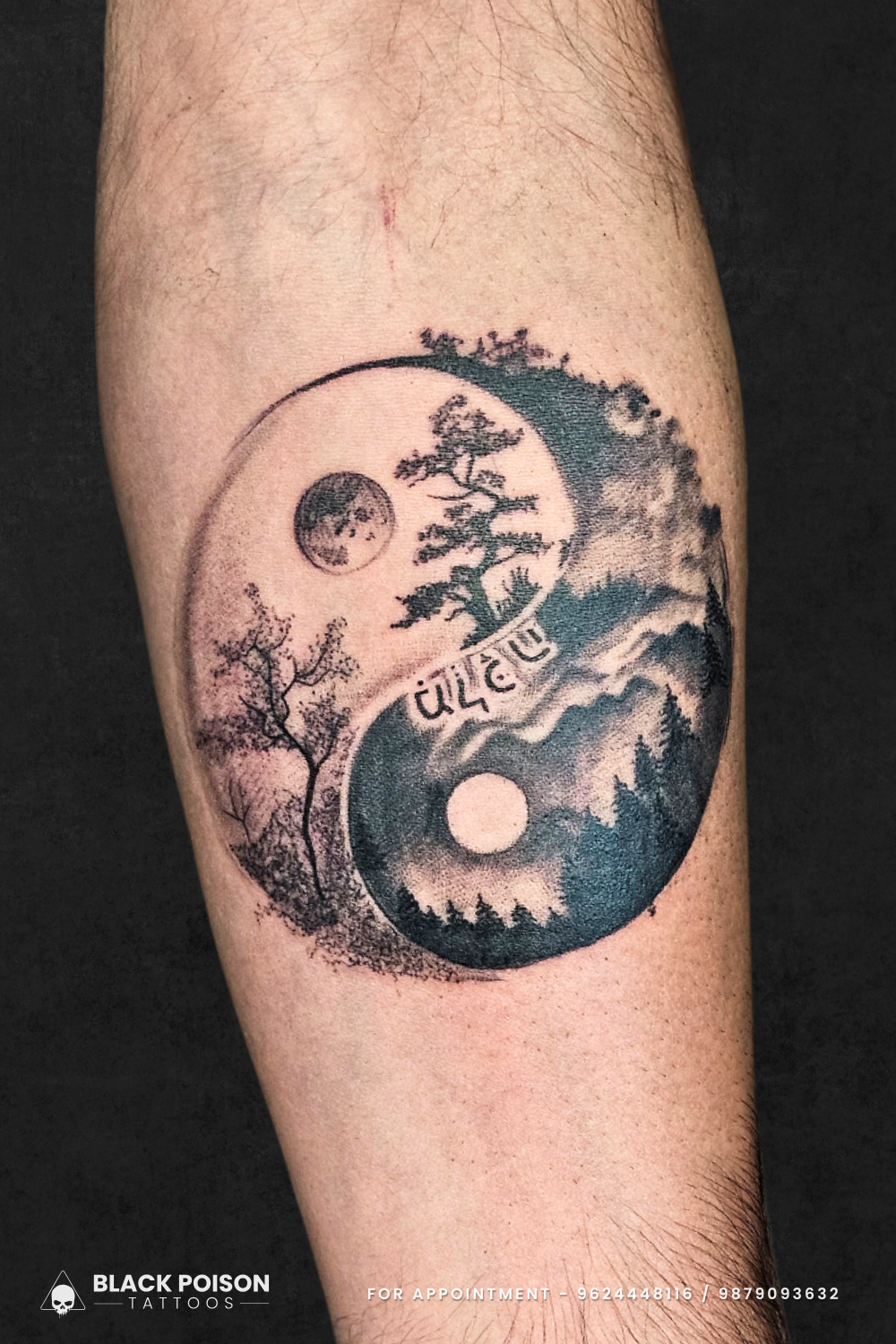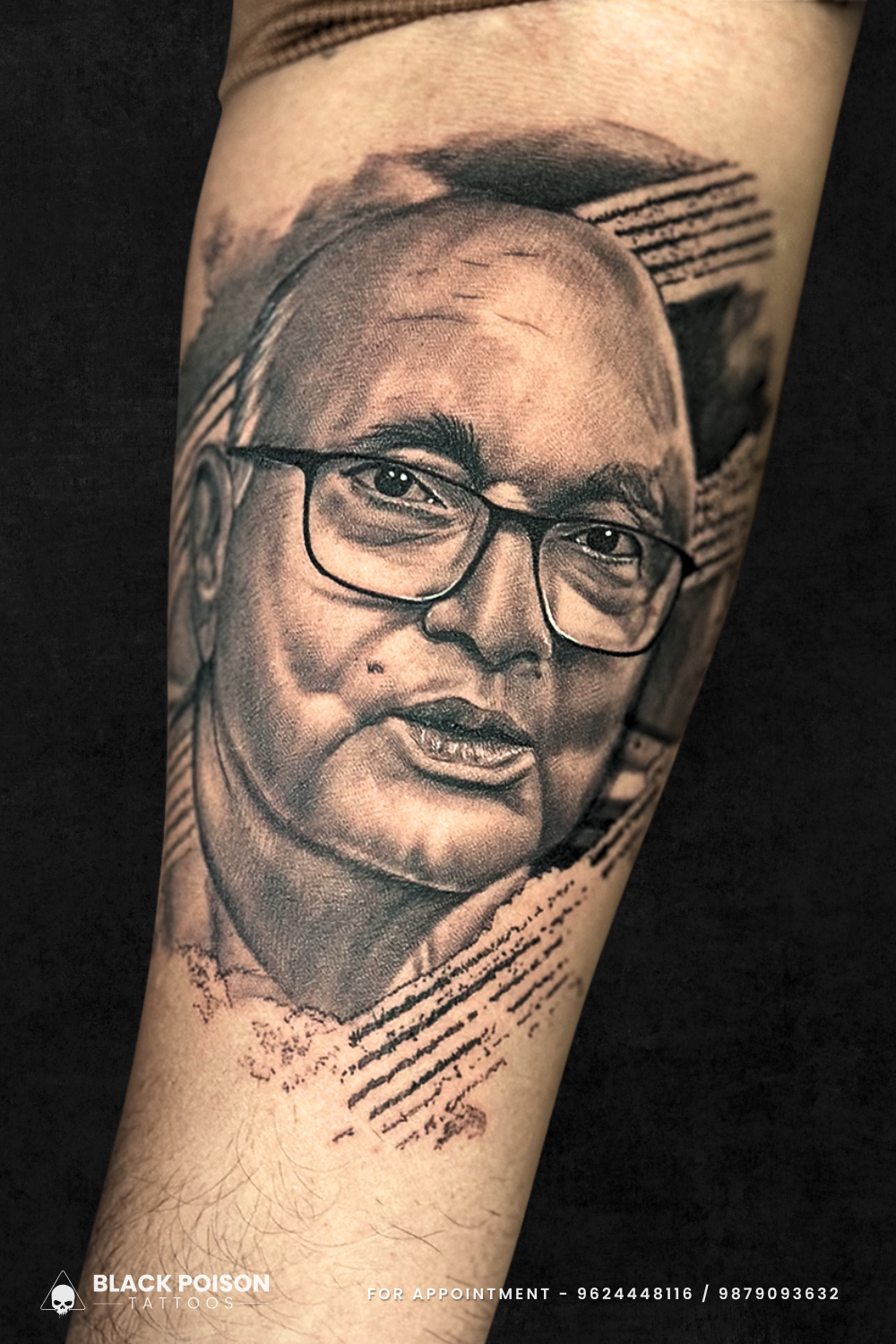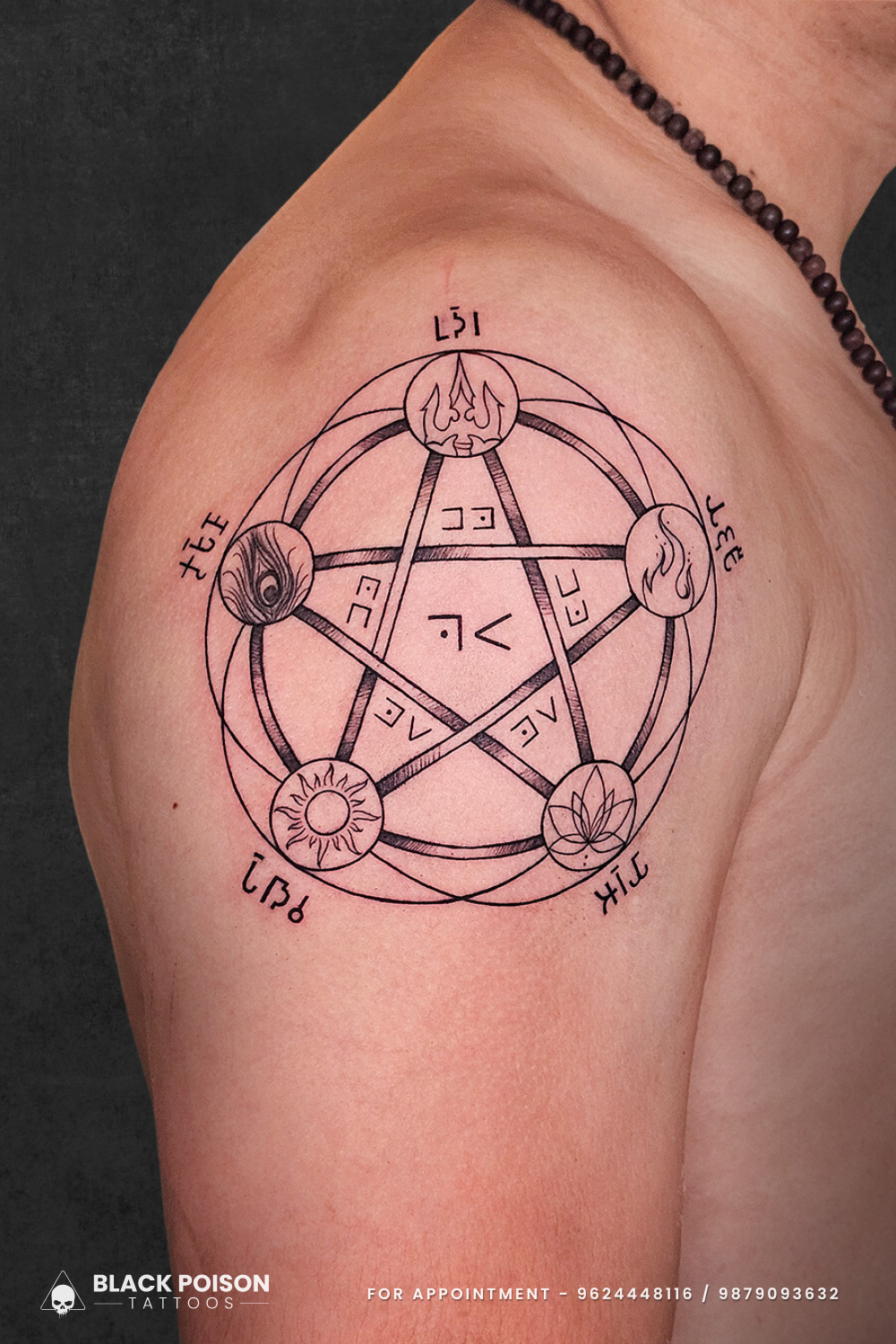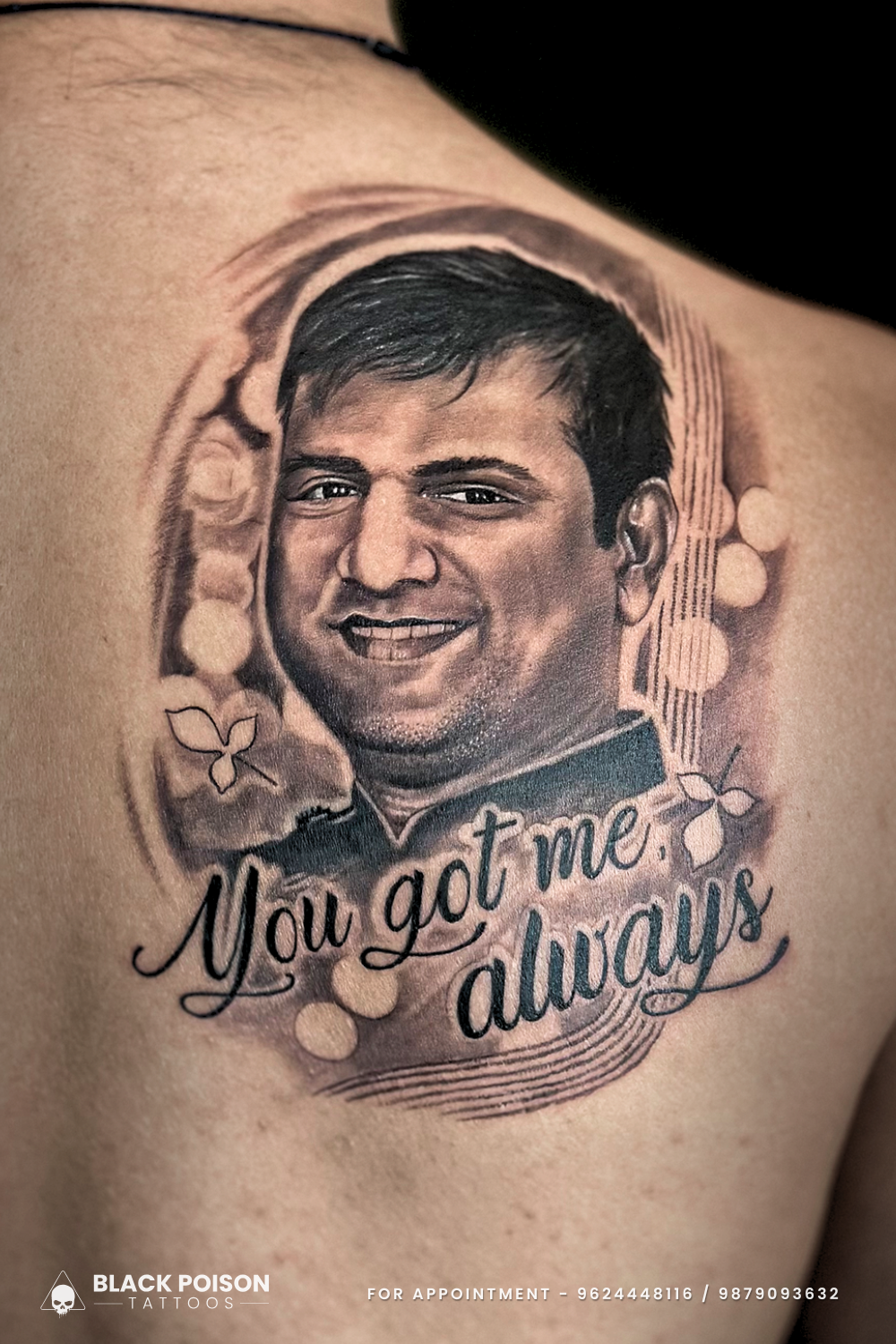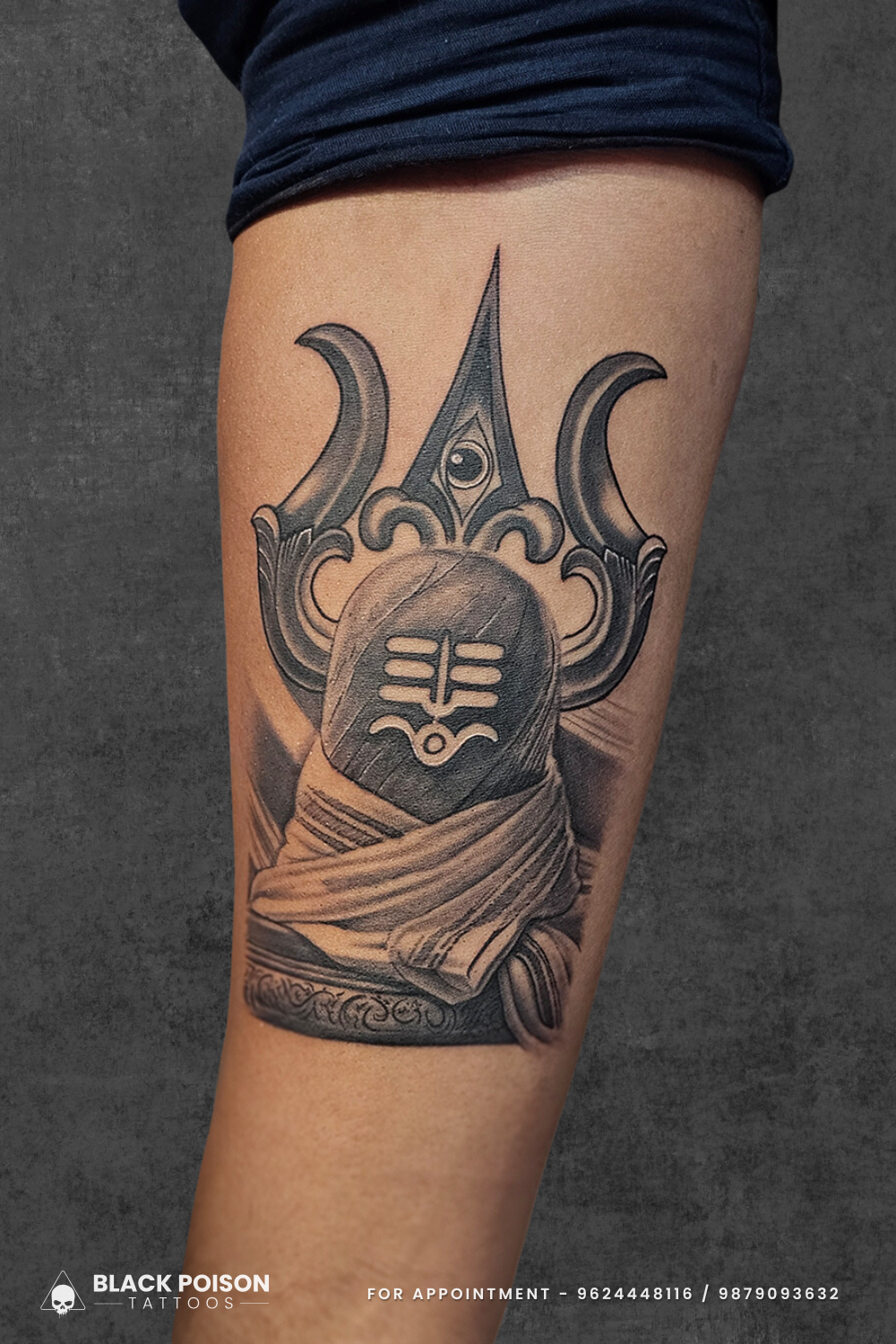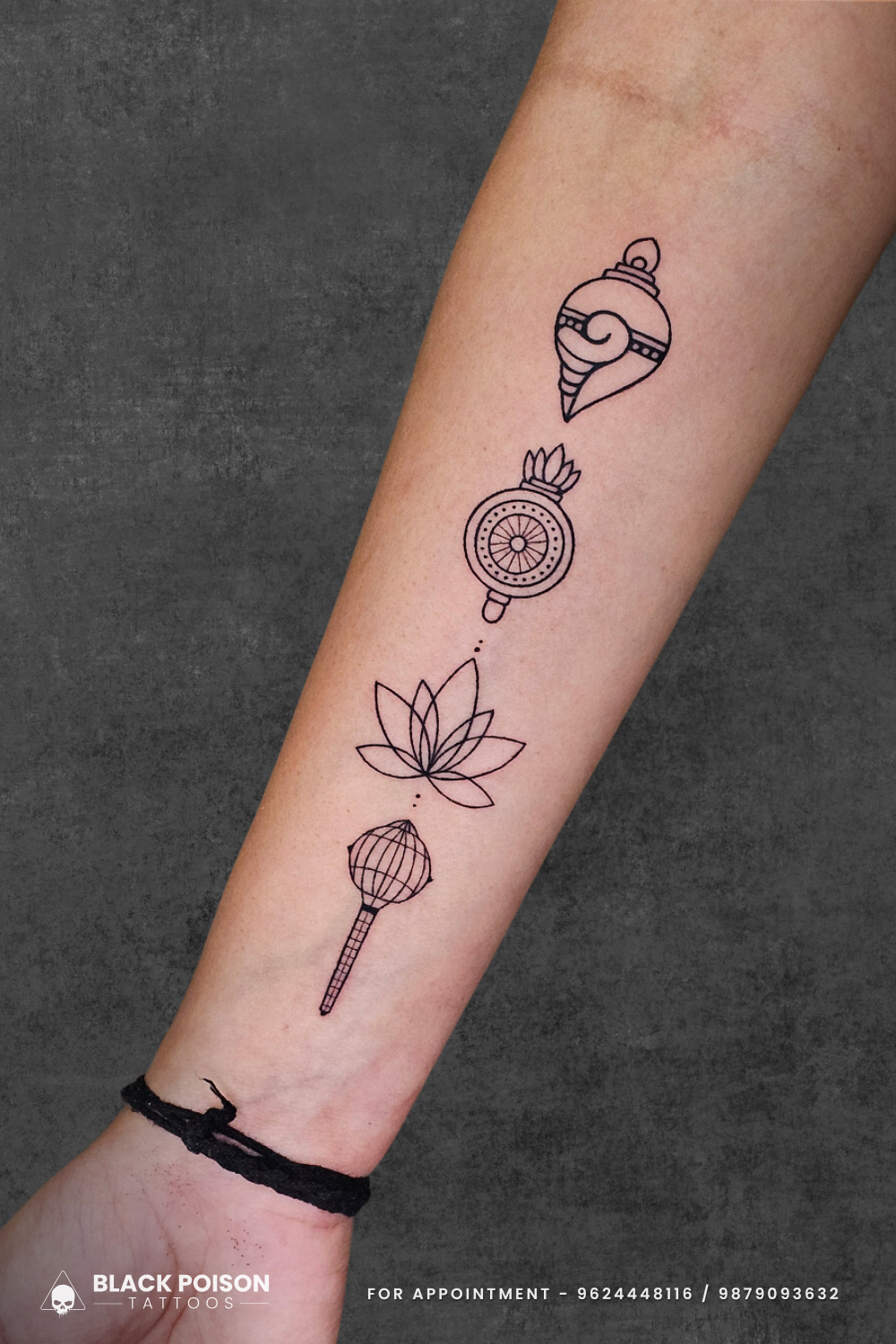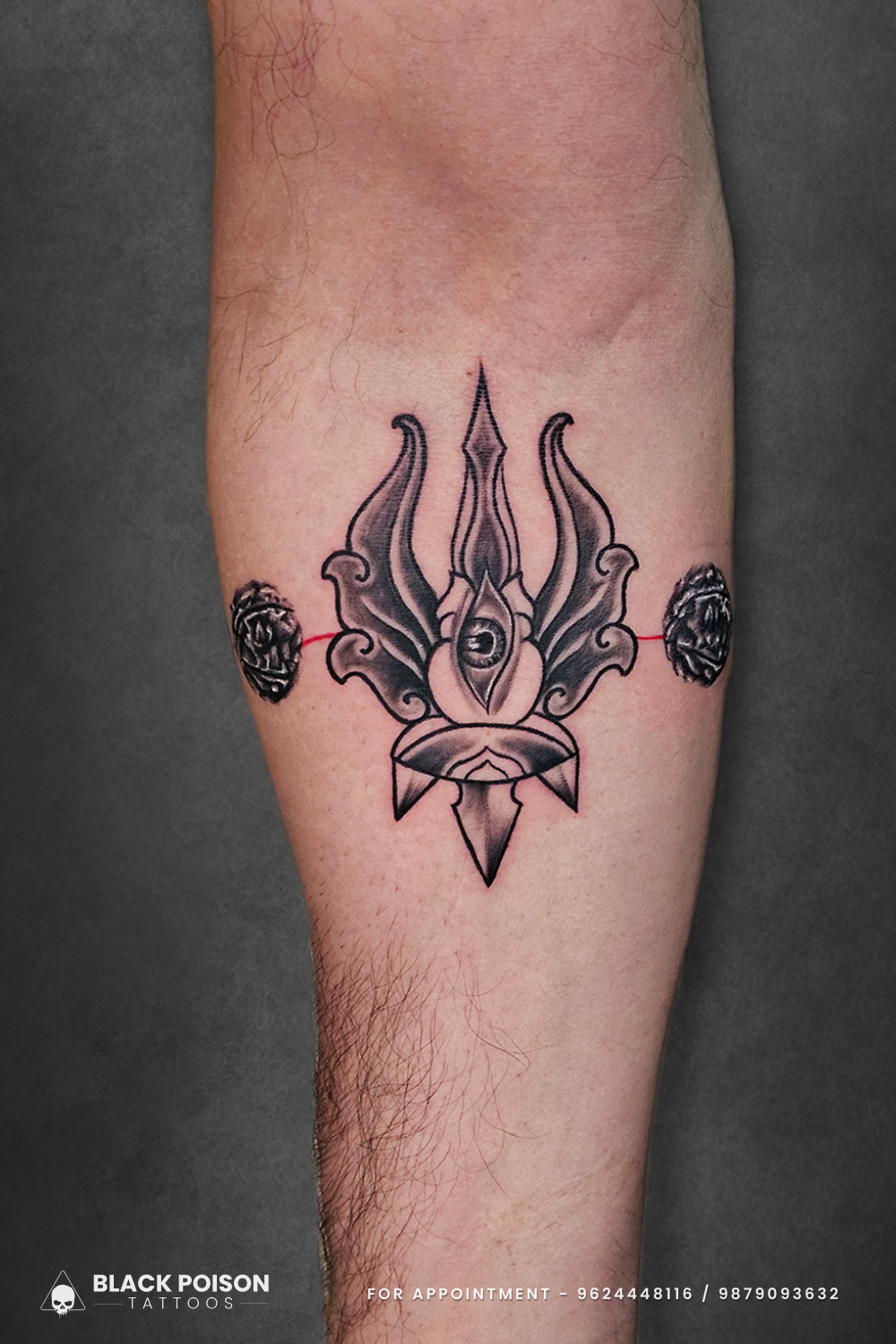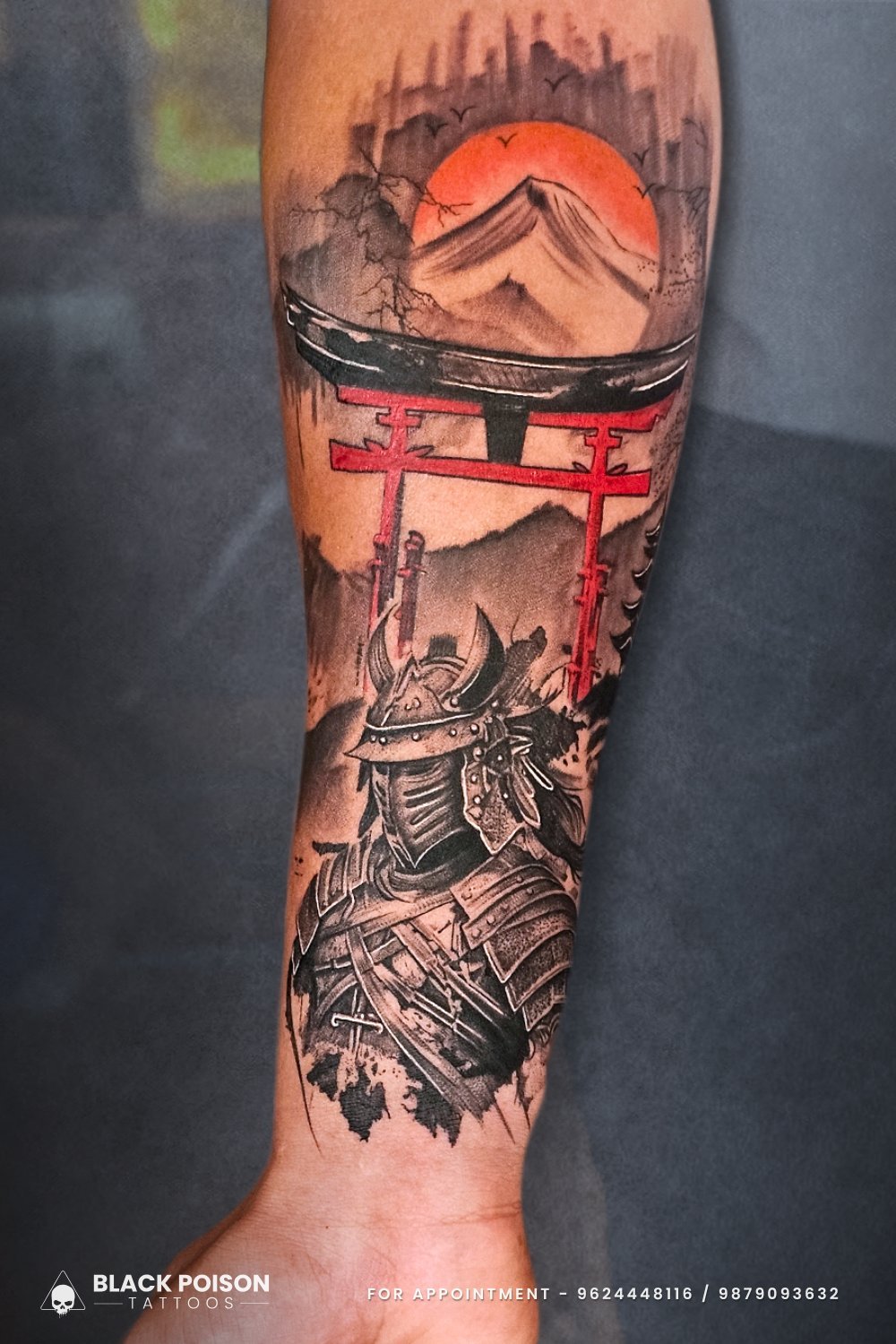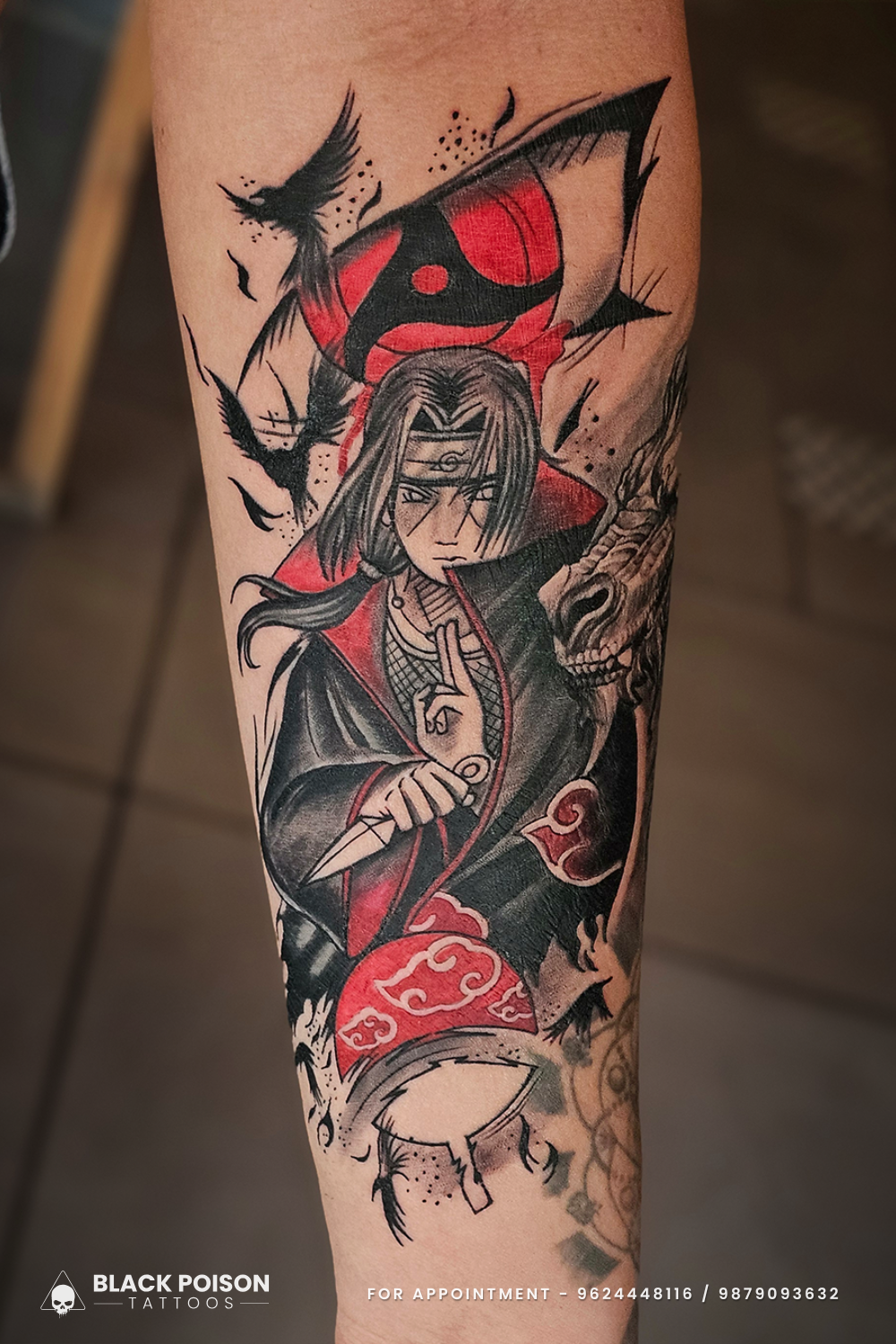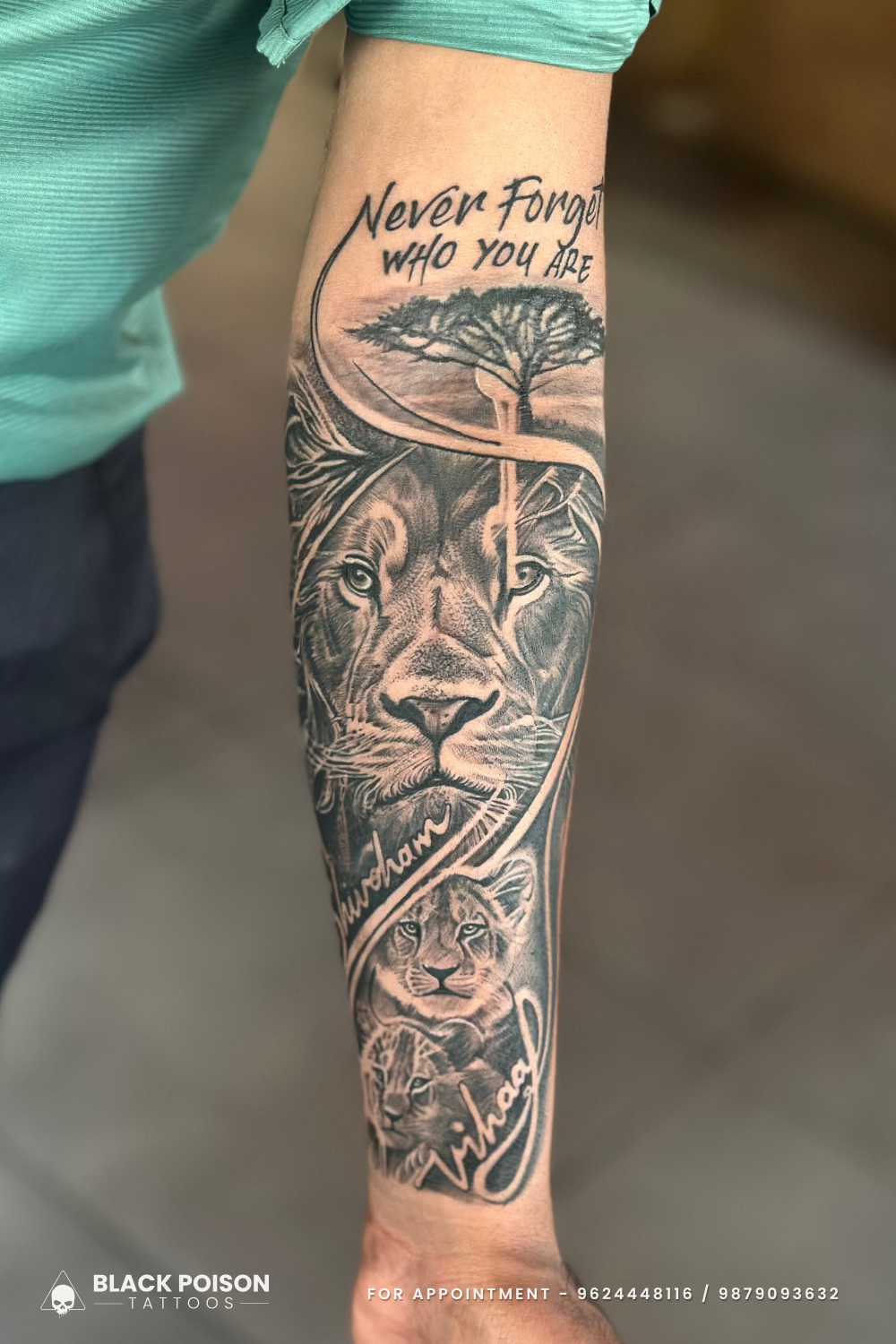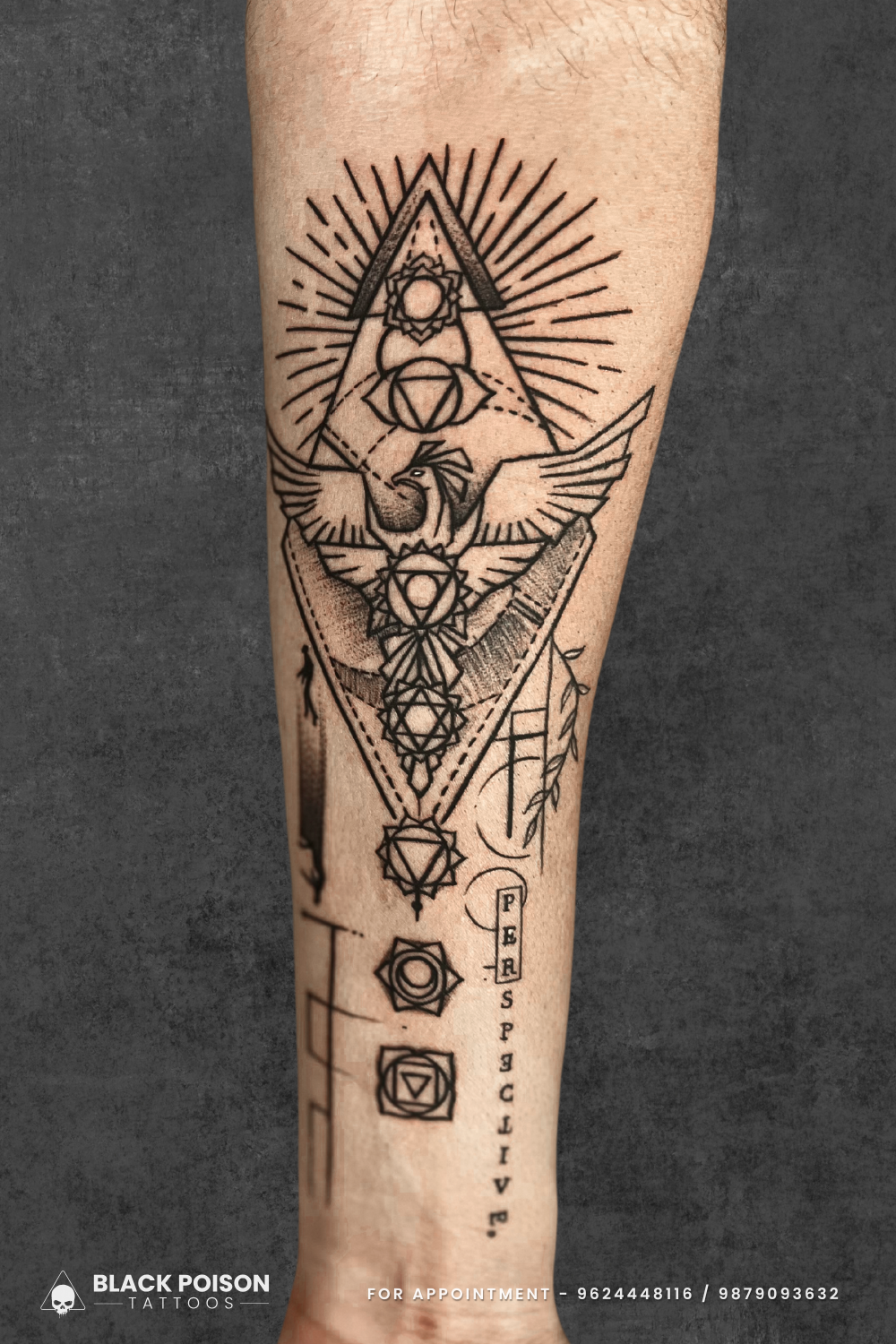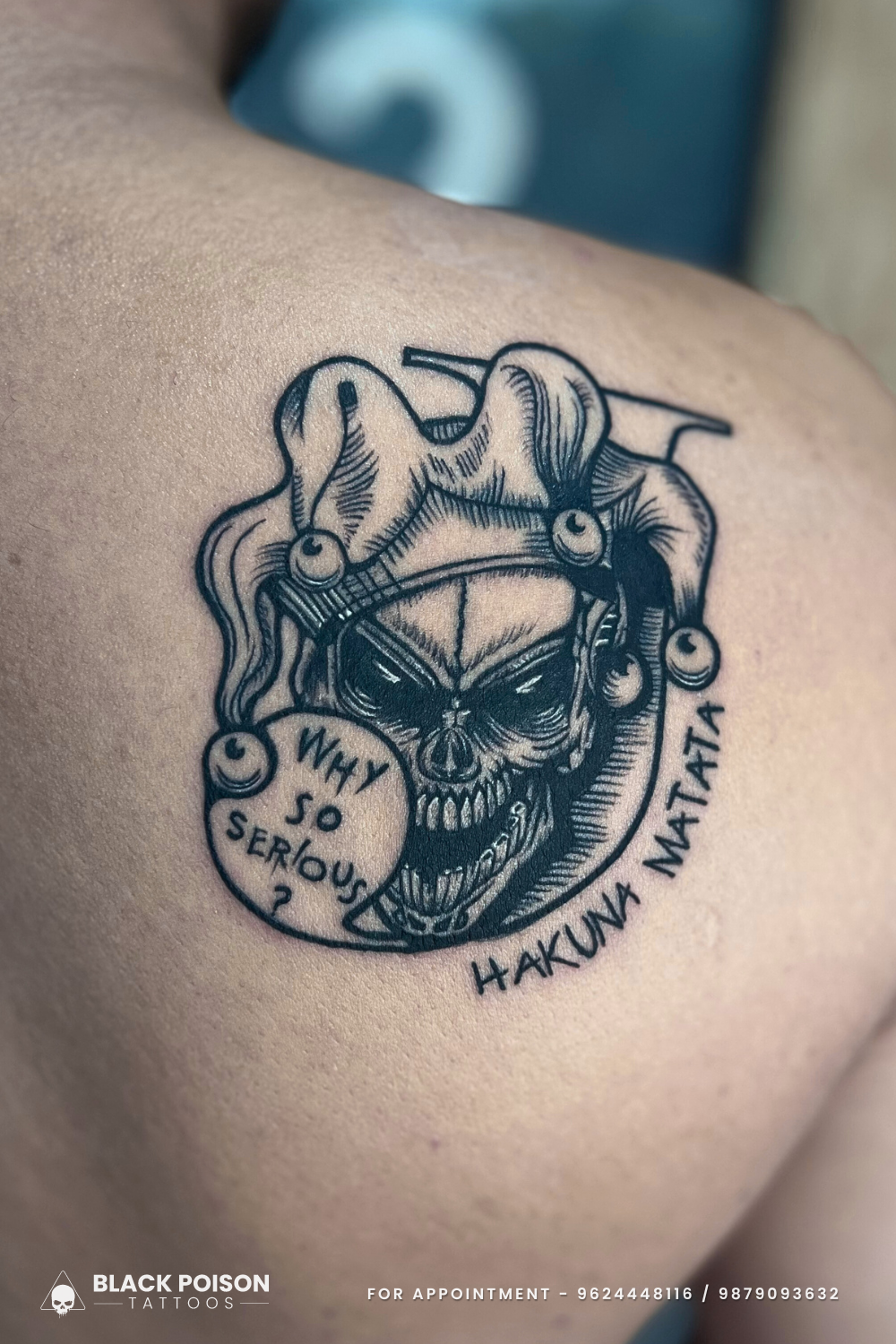The Ultimate Guide to Tattoos for Men
Enhance Your Style with Ink
In the realm of self-expression, tattoos hold a unique place. For men, a well-chosen tattoo can be a powerful statement, enhancing their style and creating a lasting impression. If you consider getting inked, you’ve come to the right place.
Welcome to ‘The Ultimate Guide to Tattoos for Men: Enhance Your Style with Ink.’
In this comprehensive guide, we will delve into everything you need to know about tattoo designs for men. From choosing the perfect design that resonates with your personality to understanding the different styles and techniques to find a skilled artist, we’ve got you covered.
Discover the latest trends in tattoo art and explore how to make a statement with symbolism or a bold, eye-catching design. We will also touch on aftercare and debunk common myths surrounding tattoos.
Whether you’re a tattoo enthusiast or a novice dipping your toes into the beautiful world of ink, this guide will provide you with the knowledge and inspiration to craft a tattoo that truly represents you. So, get ready to unleash your creativity and embark on a journey of self-expression through tattoos.
Historical Significance of Tattoos
Tattoos have a rich history that dates back thousands of years. In ancient civilizations, tattoos were symbols of status, protection, or spiritual beliefs. For men, tattoos often represented bravery, strength, or allegiance to a particular tribe or group.
The intricate designs and patterns told stories of a person’s journey and experiences. Today, tattoos continue to be a means of self-expression, allowing individuals to showcase their identity and inner thoughts through art permanently etched on their skin.
The evolution of tattoos has seen a shift from traditional tribal markings to contemporary designs influenced by various cultures and art movements. With advancements in technology and techniques, the art of tattooing has become more intricate and detailed, offering men a wide range of styles and options to choose from.
Understanding the historical significance of tattoos can provide a deeper appreciation for the art form and help you make a meaningful choice when selecting your own design.
Exploring different tattoo styles can open up a world of creative possibilities, allowing you to find a design that truly resonates with your personality and aesthetic preferences. Whether you prefer classic black and grey realism, vibrant neo-traditional designs, or minimalist linework, there is a style suited to every taste.
Each tattoo style has its own unique characteristics and appeal, giving you the freedom to express yourself in a way that feels authentic and personal.
Popular Tattoo Styles for Men
When it comes to choosing a tattoo style, there are numerous options to consider.
Some of the most popular tattoo styles for men include traditional, realism, blackwork, geometric, watercolor, and Japanese.
Traditional tattoos, characterized by bold outlines and a limited color palette, pay homage to the classic Americana style.
Realism tattoos aim to replicate the look of photographs, creating lifelike portraits or detailed images on the skin.
Blackwork tattoos, as the name suggests, focus on using black ink to create striking designs with intricate patterns and shading.
Geometric tattoos feature precise lines and shapes, often inspired by mathematical patterns or sacred geometry.
Watercolor tattoos mimic the fluidity and vibrancy of watercolor paintings, using soft colors and blending techniques to create a unique aesthetic.
Japanese tattoos draw inspiration from traditional Japanese art and symbolism, incorporating elements like koi fish, dragons, and cherry blossoms.
Choosing the right tattoo design is a deeply personal process that requires careful consideration and reflection.
Your tattoo should reflect your personality, values, and experiences, serving as a meaningful representation of who you are.
Before committing to a design, take the time to research different styles, symbols, and motifs that resonate with you.
Consider the size, placement, and overall aesthetic of the tattoo to ensure that it aligns with your vision and complements your personal style.
Choosing the Right Tattoo Design for Men
The process of choosing a tattoo design involves exploring various sources of inspiration and collaborating with a skilled tattoo artist to bring your vision to life.
Start by compiling a mood board or Pinterest collection of images, colors, and styles that appeal to you. This will help you clarify your preferences and communicate your ideas effectively to the artist.
Be open to feedback and suggestions from the tattooist, as their expertise can help refine your design and ensure its suitability for the chosen placement.
When selecting a tattoo design, consider the significance of different symbols and motifs. Whether you opt for a traditional image like a skull or anchor, or a more abstract design inspired by nature or geometry, each element should hold personal meaning for you.
Tattoos can serve as reminders of important milestones, loved ones, or guiding principles, so choose a design that resonates on a deeper level.
Additionally, think about how the tattoo will age over time and whether it will maintain its relevance and appeal as you grow older.
Placement considerations play a crucial role in the overall impact of a tattoo. The placement of a tattoo can influence its visibility, symbolism, and aesthetic appeal.
Some common areas for tattoos on men include the arms, chest, back, and legs.
Each body part offers a unique canvas for artistic expression, allowing you to customize the design to suit the contours and proportions of your physique.
Consider how the tattoo will interact with your clothing choices and lifestyle activities, as certain placements may be more practical or meaningful for your individual circumstances.
Placement Considerations for Tattoos
The decision to get a tattoo is a significant one that requires careful thought and consideration, especially when it comes to choosing the right placement.
The location of a tattoo can influence its meaning, visibility, and longevity, making it essential to select a spot that aligns with your intentions and personal style.
Whether you prefer a discreet design that can be easily concealed or a bold statement piece that commands attention, the placement of your tattoo plays a crucial role in shaping its overall impact.
When contemplating placement options, think about the size and shape of the design you have in mind.
Larger Tattoos, more intricate tattoos may be better suited for areas with ample space, such as the back or chest, where the design can be fully realized and appreciated.
Smaller tattoos, on the other hand, can be placed on areas like the wrist, forearm, or ankle for a subtle yet meaningful touch.
Consider how the tattoo will interact with your body’s natural contours and movements to ensure a comfortable and visually appealing result.
Another factor to consider when choosing a tattoo placement is the level of pain associated with different areas of the body. While pain tolerance varies from person to person, certain areas, such as the ribs, elbows, and feet, tend to be more sensitive and may cause discomfort during the tattooing process.
If you are new to tattoos or have a low pain threshold, you may want to opt for a less painful area for your first tattoo to ease into the experience.
Ultimately, the best placement for your tattoo is one that feels right for you and enhances your overall style and self-expression.
Tattoo Aftercare and Maintenance
Once you’ve gotten your tattoo, proper aftercare is essential to ensure optimal healing and long-term preservation of the artwork.
Your tattoo artist will provide specific instructions on how to care for your new ink, but some general guidelines apply to most tattoos.
Keep the tattooed area clean and moisturized to prevent infection and promote healing.
Avoid exposing the tattoo to direct sunlight, excessive moisture, or abrasive materials during the initial healing period, as this can cause fading or damage to the design.
As your tattoo heals, you may experience itching, peeling, and scabbing, which are normal parts of the healing process. Refrain from picking or scratching the tattoo, as this can interfere with the healing and result in uneven pigmentation or scarring.
Follow the artist’s recommendations for washing and moisturizing the tattoo to keep the skin hydrated and promote vibrant colors and crisp lines.
If you notice any signs of infection, such as redness, swelling, or discharge, contact your tattoo artist or healthcare provider for guidance.
In addition to proper aftercare, maintaining your tattoo over time requires attention to factors like sun exposure, aging, and weight fluctuations.
Protect your tattoo from prolonged sun exposure by applying sunscreen with a high SPF to prevent fading and discoloration.
As you age, the skin around your tattoo may change in texture and elasticity, affecting the appearance of the ink.
Stay hydrated, eat a balanced diet, and exercise regularly to keep your skin healthy and vibrant, preserving the integrity of your tattoo for years to come.
Tattoo Removal Options
While tattoos are intended to be permanent, there may come a time when you decide to remove or cover up an existing design.
Tattoo removal options have evolved significantly in recent years, offering men a variety of safe and effective methods for erasing unwanted ink.
Laser tattoo removal is one of the most common techniques used to fade or eliminate tattoos, utilizing targeted laser energy to break up the pigment particles in the skin.
Multiple sessions may be required to achieve the desired results, depending on the size, color, and age of the tattoo.
Another option for tattoo removal is surgical excision, which involves cutting out the tattooed skin and stitching the surrounding tissue together.
This method is typically used for smaller tattoos or those located in areas where scarring is less of a concern.
Dermabrasion and chemical peels are alternative techniques that involve removing the outer layers of skin to fade the tattoo gradually.
These methods may be less effective for deep or multicolored tattoos but can be suitable for certain individuals based on their skin type and tattoo characteristics.
Before pursuing tattoo removal, it’s essential to consult with a qualified dermatologist or tattoo removal specialist to discuss your options and expectations.
Keep in mind that tattoo removal can be a lengthy and costly process, requiring patience and commitment to achieve satisfactory results.
Consider covering up the tattoo with a new design or incorporating elements of the existing tattoo into a larger piece if complete removal is not feasible or desirable.
Ultimately, the decision to remove a tattoo is a personal one that should be made thoughtfully and with realistic expectations.
Tattoo Inspiration and Ideas
Finding inspiration for your tattoo design can come from a variety of sources, including nature, art, literature, and personal experiences.
Take time to explore different styles and motifs that resonate with you, whether it’s a traditional symbol like a compass or anchor, or a more abstract concept like freedom or resilience.
Look to artists and tattooists whose work you admire for ideas and guidance on creating a unique and meaningful design.
Consider incorporating elements of your heritage or cultural background into your tattoo to celebrate your roots and identity.
Symbols, patterns, and imagery from your ancestry can add depth and personal significance to your design, creating a connection to your heritage that you can carry with you always.
Collaborate with your tattoo artist to customize the design and tailor it to your preferences, ensuring that the final result reflects your individuality and tells your story in a visually compelling way.
If you’re looking for fresh tattoo ideas, consider exploring emerging trends in the world of tattoo art, such as minimalist linework, fine line tattoos, or abstract geometric designs.
These contemporary styles offer a modern take on traditional tattooing techniques, allowing you to experiment with innovative concepts and aesthetics.
Whether you prefer a subtle and understated tattoo or a bold and eye-catching statement piece, there are endless possibilities to explore when it comes to tattoo inspiration.
Tattoo Etiquette and Cultural Considerations
When getting a tattoo, it’s essential to respect the cultural significance and traditions associated with the art form.
Different cultures have varying attitudes towards tattoos, with some viewing them as symbols of heritage, spirituality, or identity, while others may consider them taboo or inappropriate.
Before getting a tattoo, research the cultural implications and meanings behind certain symbols or designs to ensure that your choice is respectful and informed.
Tattoo etiquette also extends to interactions with tattoo artists and fellow enthusiasts in the community.
Treat your tattoo artist with courtesy and appreciation for their skill and creativity, and follow their instructions for aftercare and maintenance to preserve the quality of your tattoo.
Avoid copying or replicating another person’s tattoo design without permission, as this can be seen as disrespectful and diminish the originality of the artwork.
Embrace your unique style and vision when it comes to tattoos, and approach the process with a sense of reverence and mindfulness.
As tattoos become more mainstream and socially accepted, it’s important to recognize and celebrate the diverse expressions of art and individuality that tattoos represent.
Whether you choose a traditional design with deep cultural roots or a contemporary piece that reflects your personal style, tattoos can be a powerful form of self-expression and connection to the world around you.
Embrace the art of tattooing as a means of celebrating your identity and expressing your creativity in a way that is authentic and meaningful to you.
Conclusion: Embracing Your Personal Style with Tattoos
Tattoos for men are more than just ink on skin; they are a reflection of personal identity, style, and character.
By understanding the historical significance of tattoos, exploring popular styles, choosing the right design, and considering placement options, you can create a tattoo that speaks to your unique essence and resonates with your inner self.
Proper aftercare and maintenance are essential for preserving the beauty and longevity of your tattoo, ensuring that it remains a cherished piece of art for years to come.
Whether you are drawn to traditional imagery, modern interpretations, or cultural symbols, there is a tattoo style and design that can capture your individuality and make a statement about who you are.
Remember to approach the process of getting a tattoo with respect, mindfulness, and a sense of adventure, embracing the journey of self-expression and creativity that tattoos offer.
Let your ink be a testament to your story, your passions, and your vision, enriching your life with art and meaning every time you look in the mirror.


